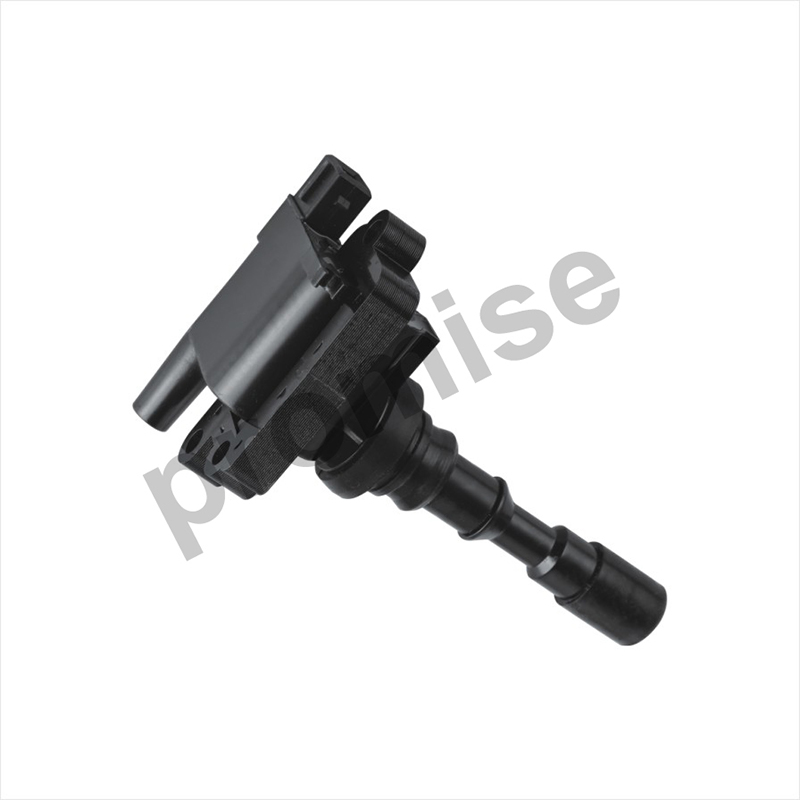An ignition coil is a small induction coil inside the i […]
An ignition coil is a small induction coil inside the ignition system of a vehicle that changes the electrical voltage of the battery to the hundreds of volts required to generate an electrical spark from the diesel fuel to ignite the ignition spark plugs. The coil also provides the electrical energy to start the vehicle so that it runs and stays running. Ignition is a process by which heat is created and sent to the particles of combustion gases in order to initiate the burning of fuel in the engine. This process uses energy which is supplied to it by the power steering pump, gas pedal, exhaust system or alternator. The ignition coils usually have high resistance to electricity and are therefore not able to generate ignition energy themselves.
The spark plug is a small metal rod with one flat blade connected to it at its tip. The blade is actually designed in such a way that it can catch the soot and heat it so that it causes the soot to condense into a liquid and then into a gas. If the spark plug did not do its job correctly then the car would not run properly. The size of the cylinder determines how much power is generated for the engine to function correctly.
If the temperature inside the cylinder is too low, the oxygen level inside the cylinder would be too low to provide sufficient oxygen for the flames to heat up sufficiently to start the engine. As a result the engine would not run correctly. If the temperature was too high, the engine would suffer from very high operating costs because it would work harder than necessary to maintain the car ignition coil. Also if a short circuit was allowed to develop in one of the spark plugs the effect would be the same as a burnt-out engine!
Bad ignition coils are very common on American made cars. They develop from a combination of two different sources. The most common method is that a piece of metal or a thin piece of plastic is soldered to the leads that are attached to the power output terminals. Either way bad ignition coils develop backfires and the engine simply will not start!
Bad ignition coils can also be caused by a bad connection between the battery lead wires and the power terminals. This means that the power output terminals are negatively charged towards the battery. This results in a high current but low voltage. A short circuit is created between the lead and the positive terminals on the battery. This short circuit is very powerful and results in backfires. In many American cars the battery is connected to a secondary winding that is referred to as a "spark plug".
The spark plug consists of two copper wires that are connected to each other. One wire is positively charged and the other negatively. When an electric current is applied to the positively charged wire the conduction creates a spark which is picked up by the second copper wire. When this happens the spark plugs in the cylinder fire and the engine starts. The cause of a misfire must be either a weak spark or a bad connection between the battery lead wires and the ignition coils.
